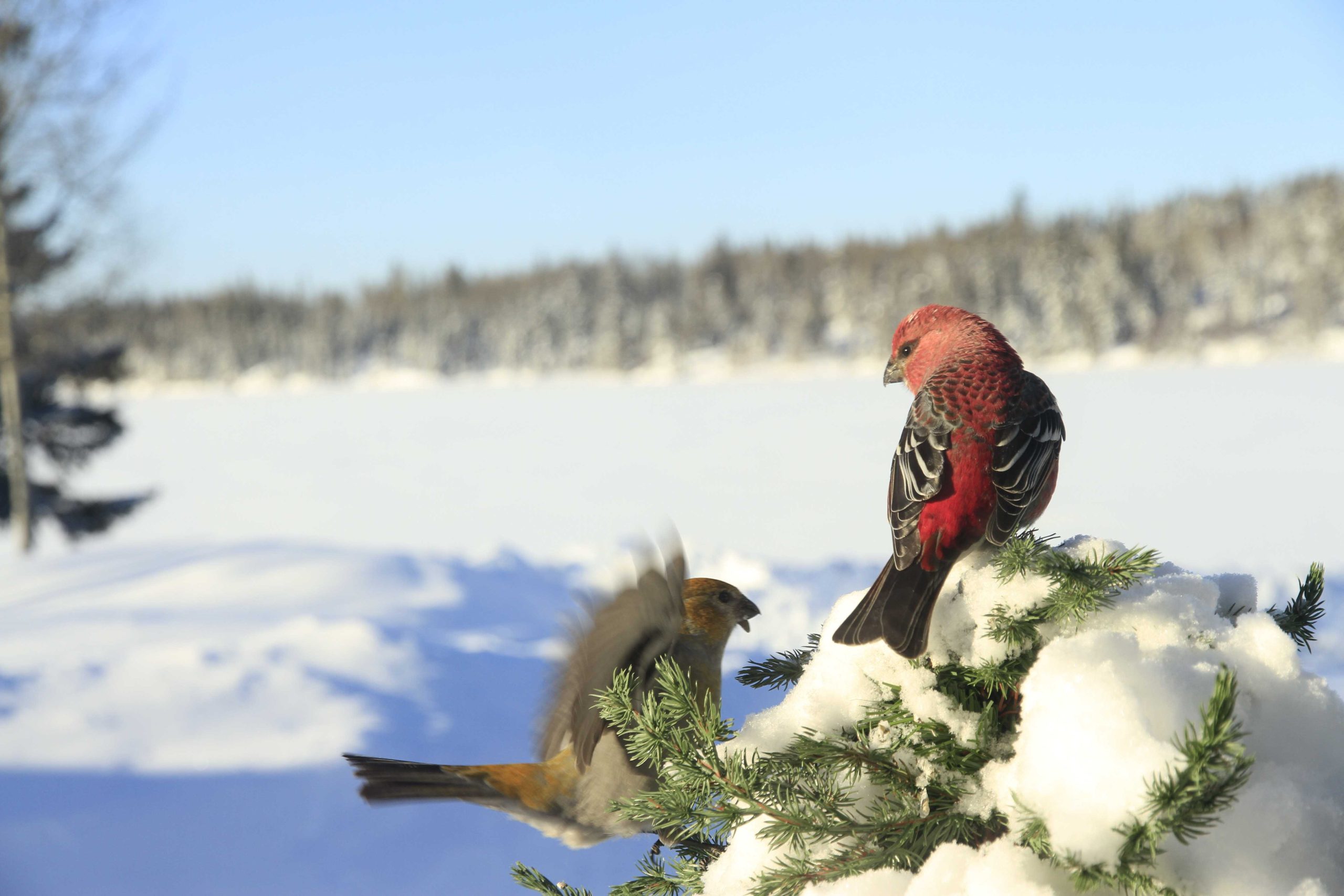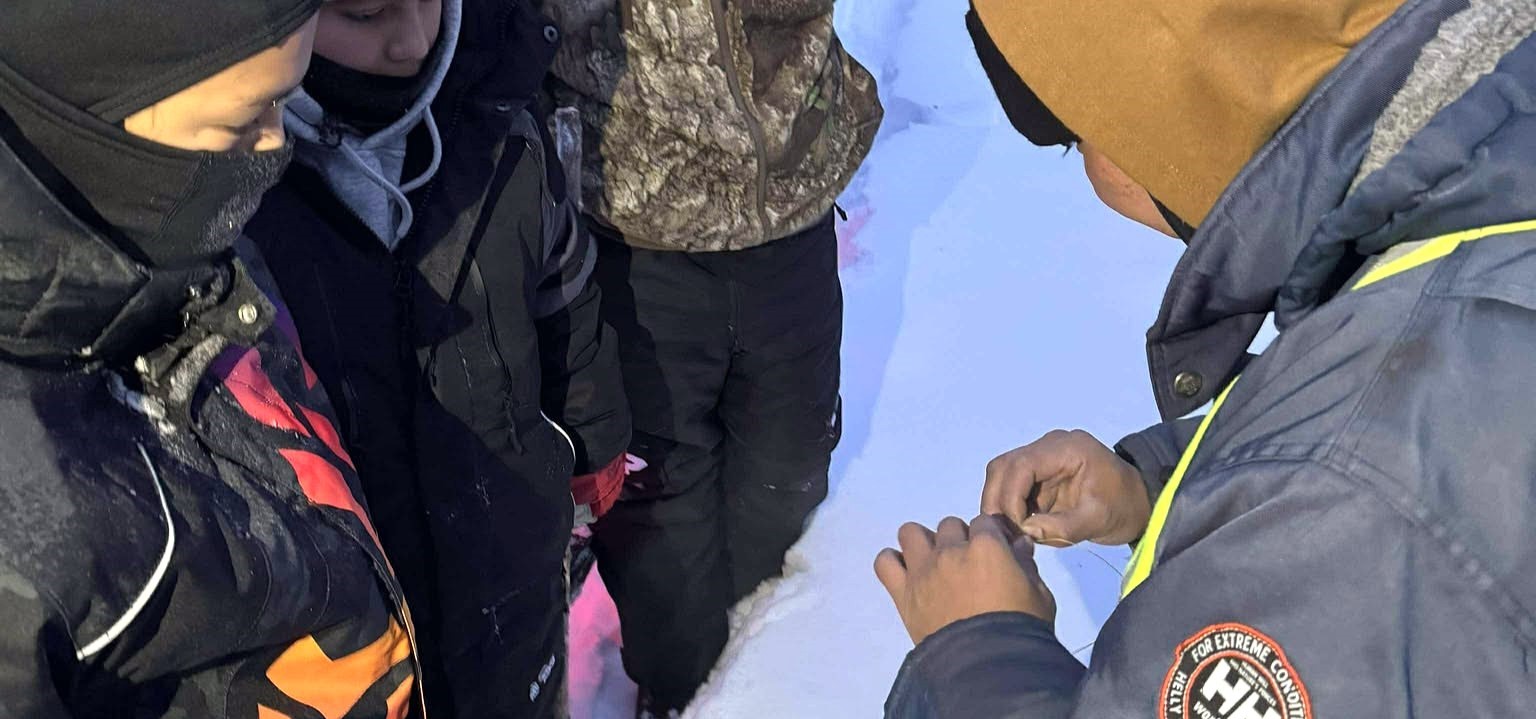There is an unbreakable connection between Indigenous food sovereignty and land.
Thus, it is impossible to talk about food security and sovereignty without also acknowledging the colonial practice of stealing land and attempts by Indigenous Peoples to reclaim their self-determination. The Indigenous food sovereignty movement is dependent on the land back movement and are often connected. As land was taken away and self-determination was ripped away, so too was food security undermined for Indigenous Peoples.

Indigenous Food Security and Sovereignty –>
Before delving into the history of stolen land and recent attempts of Indigenous Peoples to reassert self-determination, you can review the basics of Indigenous Food Sovereignty and its four principles in a previous article above!
The Land Back Movement
When the treaties were originally signed between First Nations and colonizers, the land was (and still is) considered by First Nations to be its own sacred entity that couldn’t be bought, sold, or owned. In addition to treaty promises being broken (either through ignoring obligations or through deliberate misinterpretation), the land itself was simply not available for ownership or distribution in the first place.
How does the Land Back Movement take this into account? As Sylvia McAdam (Saysewahum) states:
“Give it back’ means to restore the livelihood, demonstrate respect for what is shared – the land – by making things right through compensation, restoration of freedom, dignity, and livelihood.”
Sylvia McAdam (Sayswahum)
However, as Dr. Karine Duhamel notes, the original treaties shouldn’t be seen as obsolete or pointless either – but “recovering the true spirit and intent of Treaties is a priority… The Treaties hold the keys to a new path forward as living agreements regarding relationships between First Nations and settlers.” The term ‘land back’ is now even starting to enter national political discourse.
Land Back Red Paper Report

The Land Back Red Paper Report (published in 2019) outlines the history of how land was stolen from Indigenous Peoples through ‘legal’, regulatory, and ultimately colonial means over the past three centuries. This historical backing, which still continues today, is followed up with the limited incremental success of achieving land back through colonial mechanisms, and concludes with recent methods of land reclamation efforts outside of the usual colonial systems.
Part One: Spectrum of Consent
This introductory section outlines the mechanisms of how exactly land and culture was stolen from Indigenous Peoples without their consent through ‘land alienation’. Consent is explained in more detail, especially the internationally-accepted definition of consent having to be free, prior, and informed as outlined in the United Nations Declaration on the Rights of Indigenous Peoples. Finally, through a current era that places more focus on consultation, this section emphasizes that consultation is NOT the same as consent.
Part Two: Denial
As land was stolen from Indigenous Peoples, legal mechanisms were also in place to deny land-right recognition through the colonial system. This was through the creation of the ‘crown land’ concept and further devoting ‘crown lands’ to the development of resource-based economies. This denial was further bolstered by other means, such as through legally-enforced injunctions and the patriarchal disempowerment of specifically women, queer, transgender, and two-spirited individuals.
“We found that 76% of injunctions filed against First Nations by corporations are granted, while 81% of injunctions filed against corporations by First Nations are denied.“
Land Back Report, 2019
Part Three: Recognition
Incremental progress through working inside colonial systems to assert land recognition is the focus of the third section. This section outlines the responses of government and industry to address recognition of land ownership through various processes, as well as asserting their limitations. Ultimately, these processes, such as benefit agreements, revenue sharing agreements, environmental regulation, and ownership rights still operate within the colonial system and are only marginally effective in recognizing land rights. These methods still fall short of full autonomy and can still stifle self-determination.
Part Four: Reclamation
The final section goes beyond just recognition of land rights and dives into practices that can help assert land rights and strategies used to enforce these rights. This overview dives into 12 specific cases of land reclamation, and divides them into 3 different umbrella categories – environment assessment assertion, formal consent protocols, and direct re-occupation of land. A local example displayed in this section includes that of Sagkeeng First Nation’s developed “conservation law”, which provided the legal basis for rejecting a deal with Manitoba Hydro in 2018.
Below are other articles posted to the Food Action Hub blog page that tie in directly with the land back movement:
Ballingall, A. Toronto Star. This federal minister says it’s time to give land back to Indigenous peoples. What could that look like? (2021). Retrieved on June 29 2022 from https://www.thestar.com/politics/federal/2021/12/05/this-federal-minister-says-its-time-to-give-land-back-to-indigenous-peoples-what-could-that-look-like.html.
Duhamel, K. Canada’s History Society. Gakina Gidagwi’igoomin Anishinaabewiyang: We Are All Treaty People. (2018). Retrieved on June 28 2022 from https://www.canadashistory.ca/explore/settlement-immigration/gakina-gidagwi-igoomin-anishinaabewiyang-we-are-all-treaty-people.
Dumonceaux, G. Ignite. Here’s how you can Support the Land Back Movement. (2021). Retrieved on June 29 2022 from https://ignitestudentlife.com/heres-how-you-can-support-the-land-back-movement/
Food Secure Canada. Indigenous Food Sovereignty – Discussion Paper #1. (2011). Retrieved on June 6 2022 from https://foodsecurecanada.org/sites/foodsecurecanada.org/files/DP1_Indigenous_Food_Sovereignty.pdf.
Land Back: A Yellowhead Institute Red Paper. (2019). Retrieved on May 12 2022 from https://redpaper.yellowheadinstitute.org/
Montalvo, M. Civil Eats. Indigenous Food Sovereignty Movements Are Taking Back Ancestral Land. (2021). Retrieved on June 29 2022 from https://civileats.com/2021/03/31/indigenous-food-sovereignty-movements-are-taking-back-ancestral-land/









